Venice is a city like no other, famed for its winding canals, historical charm, and stunning architecture. With no cars allowed in the historic center, visitors must rely on a unique and charming public transport system that includes boats, waterbuses, and pedestrian paths. Getting around Venice can be a little tricky for first-time visitors, so knowing your options and the best ways to navigate the city will help you make the most of your trip.
1. Venice’s Unique Public Transport System
Venice’s public transportation is unlike that of any other city. Since the main form of transport is through waterways, you’ll mainly be relying on vaporettos (waterbuses), which function as the city’s equivalent of buses. Here’s a breakdown of the main types of public transport you’ll encounter in Venice:
Vaporettos (Waterbuses)
The vaporetto is Venice’s primary form of public transport, managed by ACTV (Azienda del Consorzio Trasporti Veneziano). These large, motorized boats make regular stops along the Grand Canal and around Venice’s major islands. They are ideal for both short hops and longer routes, making them one of the best ways to navigate Venice and its lagoon islands.
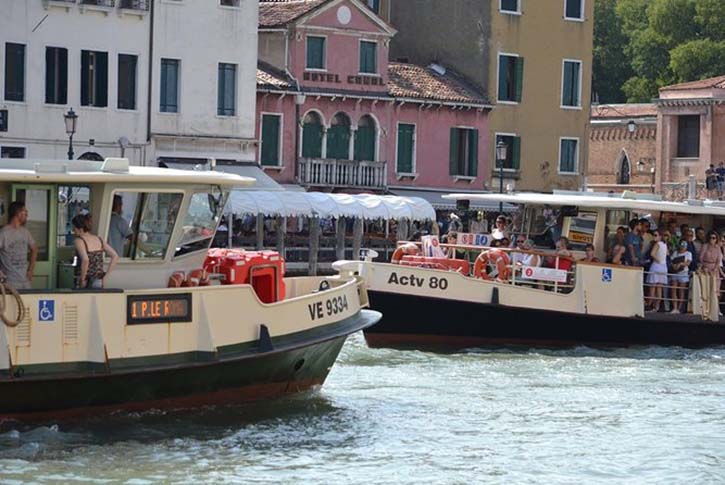
Traghettos
For shorter trips across the Grand Canal, consider using a traghetto. These are simple gondola-like boats operated by two gondoliers. They offer a quick, affordable way to cross the Grand Canal without having to walk to one of the bridges, which can save you time and energy.
Gondolas
While gondolas aren’t considered a practical mode of public transport, they are iconic and perfect for a scenic, romantic ride through Venice’s narrow canals. The traditional black gondolas have been used in Venice for centuries and are best reserved for those looking to experience the city’s charm up close. However, gondola rides can be costly, and they’re not an everyday way of getting around.
Water Taxis
Water taxis offer a more private, comfortable, and faster option for getting around Venice but are much more expensive than the vaporetto or traghetto. They are a good option for groups traveling together, visitors with large amounts of luggage, or anyone needing to get somewhere quickly and directly.
Alilaguna Boats
If you’re arriving in Venice by plane, the Alilaguna boats provide an easy way to reach Venice’s historic center from Marco Polo Airport. These boats travel to various stops, including San Marco, Rialto, and Fondamente Nove, making airport transfers convenient for travelers.
2. Vaporetto Routes and Ticket Options
To make the most of Venice’s public transport, it’s important to familiarize yourself with the vaporetto routes and understand the various ticketing options available.
Key Vaporetto Routes
- Line 1: Runs along the Grand Canal, stopping at many of Venice’s major attractions, including San Marco, Rialto, and the train station. This line is perfect for sightseeing.
- Line 2: A faster route along the Grand Canal, with fewer stops. Ideal if you’re looking to reach a specific destination quickly.
- Line 4.1/4.2: A circular line that stops at popular islands like Murano and Giudecca. A great option if you’re planning a day trip to these islands.
- Line 5.1/5.2: Another circular line that serves the city and surrounding areas, including Lido.
- Line 7: Runs between Venice and Murano, directly connecting the main island to the famous glass-making island.
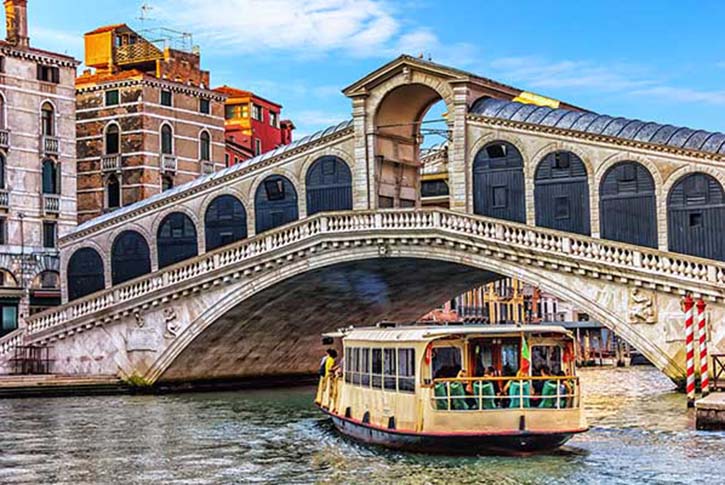
Ticket Options and Prices
The ACTV offers several ticketing options that vary based on the length of your stay and how frequently you plan to use the vaporettos. Here’s a breakdown of the ticket types available:
- Single Ticket (€9.50): This ticket is valid for 75 minutes on any ACTV vaporetto line. It’s ideal for quick trips or one-off journeys.
- 24-Hour Ticket (€25): Offers unlimited use of the vaporetto system for 24 hours. Great for a day of sightseeing, as it allows you to hop on and off as you please.
- 48-Hour Ticket (€35): Ideal for short stays, this ticket allows unlimited travel for 48 hours.
- 72-Hour Ticket (€45): Provides three days of unlimited travel, ideal for a weekend getaway.
- 7-Day Ticket (€65): For travelers staying in Venice for a week, this option offers the best value with unlimited travel for seven days.
These tickets can be purchased at ticket offices, vending machines located at the main vaporetto stops, or online through the official ACTV website.
Venezia Unica City Pass
For a more comprehensive package, consider purchasing a Venezia Unica City Pass, which combines public transport with entry to popular museums and attractions. The pass is customizable, allowing you to choose exactly what you need for your visit. While it’s more expensive than regular tickets, it provides value for those planning to explore Venice extensively.
3. Essential Tips for Using Public Transport in Venice
Navigating Venice’s unique transportation system is straightforward once you understand a few key points. Here are some tips to make your journey as smooth as possible:
Plan Your Routes Ahead
Before heading out, map out your route using an ACTV map, which can be found at most ticket offices or online. Knowing which lines to take and where to transfer will help you avoid unnecessary delays and confusion.
Validate Your Ticket
Make sure to validate your ticket before boarding a vaporetto. Validation machines are located at the entrance to the boarding areas. Insert your ticket, wait for the beep, and check for a time stamp. Failure to validate could result in a fine if checked by a ticket inspector.
Avoid Rush Hours
Vaporettos can become quite crowded during peak hours, particularly in the morning and evening. If possible, try to travel during off-peak times to avoid long waits and overcrowded boats.
Travel Light
While vaporettos can accommodate luggage, it’s best to travel light whenever possible. Venice is a pedestrian city, and you’ll likely find yourself carrying your bags across bridges and narrow streets.
Sit Outside for the Best Views
For a truly scenic experience, sit outside on the vaporetto’s deck. This is especially worthwhile on routes like Line 1, which travels along the Grand Canal and offers stunning views of Venice’s iconic architecture.
4. Getting to and from Marco Polo Airport
Venice’s Marco Polo Airport is the main entry point for visitors arriving by air. There are several options to get from the airport to Venice’s historic center:
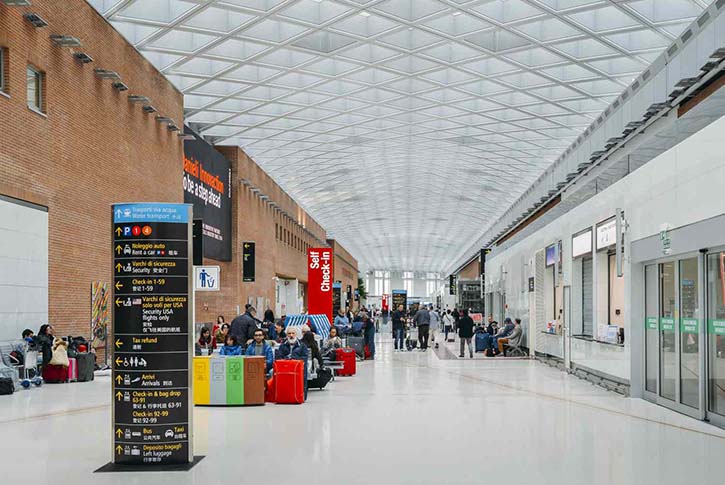
- Alilaguna Water Bus: The Alilaguna service offers a direct route from the airport to various stops in Venice, including San Marco and Rialto. Tickets are available at the airport for around €15 one-way or €27 round-trip. Travel time to San Marco is approximately 1 hour and 15 minutes.
- ACTV Bus + Vaporetto: For a more budget-friendly option, take the ACTV Bus No. 5 to Piazzale Roma, then transfer to a vaporetto to reach your destination. This option costs about €11 in total (with a bus ticket and single vaporetto fare) and takes around an hour.
- Water Taxi: Water taxis are the most convenient but expensive option. A private water taxi from the airport to Venice typically costs between €100 and €150, depending on your final destination. If you’re traveling with a group, this could be a more economical choice, as the cost can be shared.
5. Exploring Venice’s Islands with Public Transport
Venice is made up of many islands, each with its own unique charm. With the vaporetto, you can easily reach popular islands like Murano, Burano, and Torcello.
Murano
Famous for its glass-making, Murano is a must-visit. Take vaporetto lines 4.1, 4.2, or 7 to reach Murano from Venice’s historic center. Once on the island, you’ll find glass factories and shops selling intricately crafted glass pieces, as well as the Glass Museum, which showcases Murano’s rich artistic heritage.
Burano
Known for its brightly painted houses and lace-making tradition, Burano is a picturesque island perfect for a day trip. To reach Burano, take vaporetto line 12 from Fondamente Nove. The journey takes around 45 minutes, and once you arrive, you’ll feel as though you’ve stepped into a postcard.
Torcello
For a more tranquil experience, visit Torcello, which is known for its ancient architecture and peaceful atmosphere. From Burano, you can take vaporetto line 9 to Torcello. Here, you’ll find historic sites like the Cathedral of Santa Maria Assunta, with its impressive Byzantine mosaics.
6. Saving Money with Transport Passes
If you plan to explore Venice thoroughly and visit multiple islands, consider purchasing a multi-day pass. It not only allows unlimited travel on vaporettos but also gives you access to the outer islands without additional charges. These passes can be especially cost-effective if you’re staying for several days and plan to do a lot of sightseeing.
Getting around Venice can be an adventure in itself. With its unique blend of water transport and pedestrian paths, Venice offers visitors a chance to experience travel like nowhere else. Whether you’re gliding along the Grand Canal on a vaporetto, exploring Murano and Burano, or crossing the Grand Canal on a traghetto, each journey will be filled with stunning views and unforgettable moments. By understanding the various transport options available and planning ahead, you’ll be well-prepared to make the most of your time in this beautiful city.

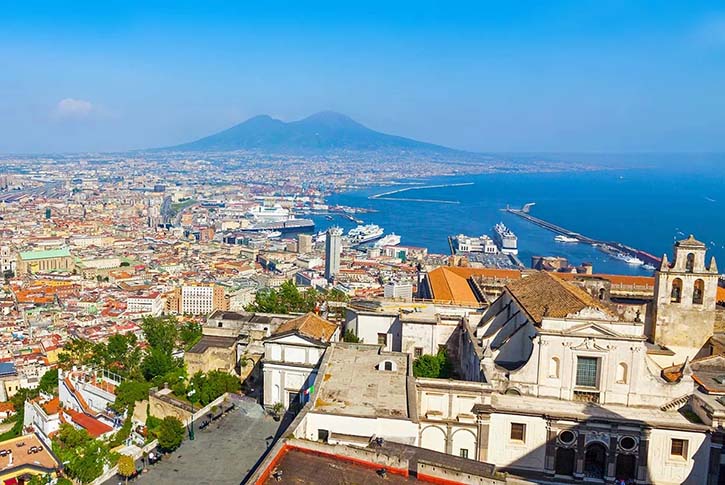

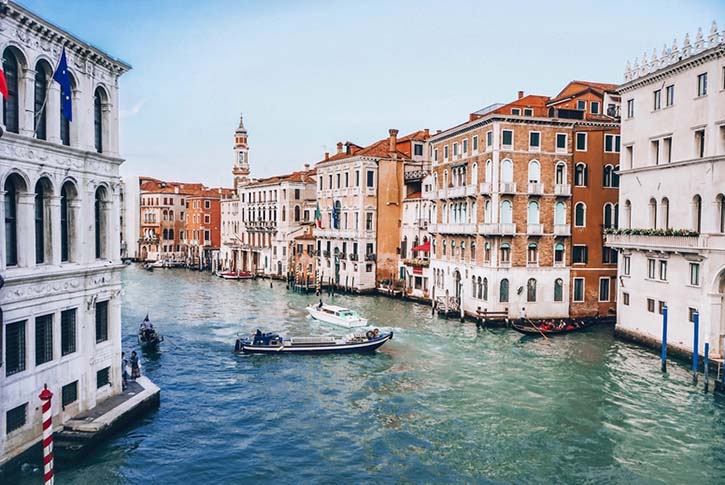
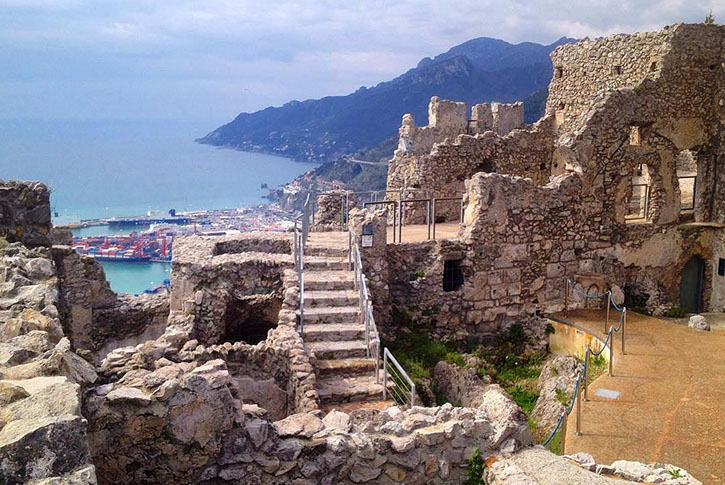
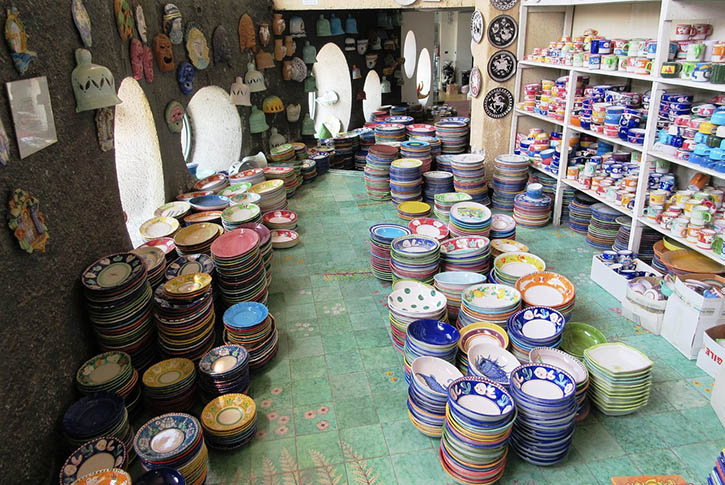

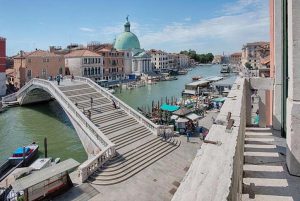

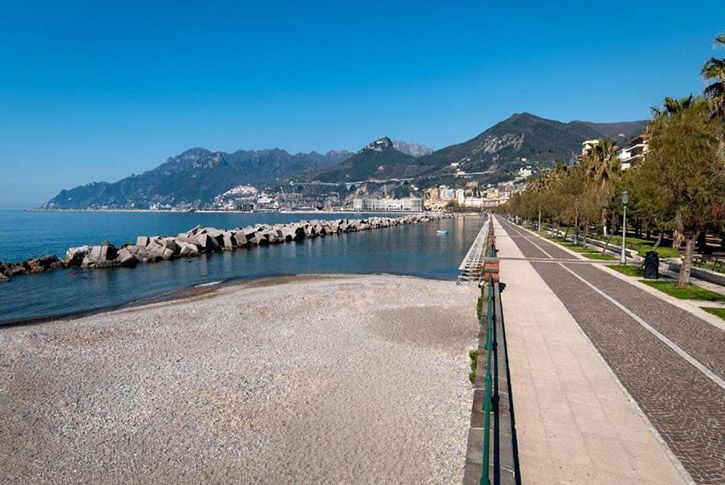

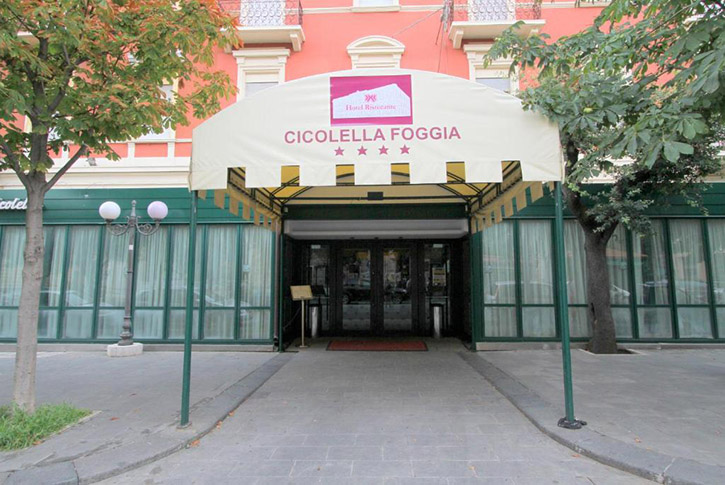
+ There are no comments
Add yours